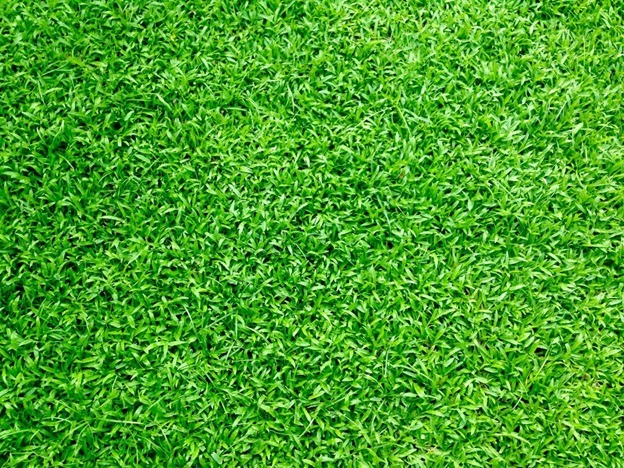How does one go about laying down artificial grass?
The installers are going to be on the watch for the following things:
- Electricity transmission lines
- Lines that deliver water
- Sprinkler pipes
- Drainage networks
In order to protect the cables from being damaged during the installation process, they will each be moved about six to eight inches further away from the grass border of your choice before work can begin. Later, wires will be reinstalled on the lawn’s soil.
Sprinklers that are not being used will be marked across the area, and those that are being used will be hidden at the point where they link to the pipeline. This will help ensure that the grass is installed as evenly as possible.
Make Preparations for the Environment
After identifying any possible dangers lurking under the surface, the next step is to get the area ready for the grass to be installed. The following is the method that should be used by professionals while accomplishing this:
The technicians who will be installing the artificial grass will not begin their work until they have determined that there are no signs of plant life anywhere throughout the area that is being prepped.
Establish a Water-Drainage Network
If the soil on your lawn is permeable, the installers won’t be concerned about whether or not a drainage network (https://www.sciencedirect.com/topics/earth-and-planeta) is necessary. If they must lay fake grass on poorly drained soil, they’ll require a drainage system to avoid flooding.
Establish a Foundational Layer
The sub-base layer has to be established first before they can begin laying the grass. This layer, which is often composed of gravel, crushed stone, basalt, or rock, facilitates the drainage of water. They will use a shovel or spade to distribute between three and four inches of sub-base throughout the prepared area.
The crushed rock will next have 10-15 millimeters of sharp sand added to it as the next step. This layer smoothes out the sub-base and gets it ready for the artificial grass to go on top. After the sand has been placed in its proper location, they will water it with a garden hose.
Because the sub-base will be uneven and loose after application, it will need to be compacted and leveled before the grass can be laid down on it. The sub-base will be compacted by the installers using a tamper and a plate compactor to a depth that is 90 percent less than its original depth. The compacted foundation ought to have the feel of concrete while yet having good drainage. When they are compacted, they will either become flatter or fill up any uneven regions.
Put in some artificial grass
The turf will be arranged and demarcated in accordance with the installation area. After that, they will measure out the grass, cut it to size, and then install it according to the marks they created.
As the grass is rolled out over its designated installation box, a little shaking motion is used to release air from between the compacted base layer and the turf. (Dragging the grass over the compacted sub base would ruin the surface.)
After installation, the grass will be stretched by the installers in order to reduce the amount of heat-induced expansion and wrinkles. After the grass has been mowed, you may seam it. Click here to learn more about turf installation and seaming. Because seaming is most effective when performed by two people, most teams will consist of only those two people.
In order to avoid trapping grassy fiber beneath each nail, workers must first sew the fake grass pieces together before nailing them into the ground at intervals of several inches. In the last step, the perimeter of the new grass will be staked or pinned. They will make careful not to pound the grass with too much force in order to avoid creating depressions in the lawn.
Putting the finishing touches
After the turf has been properly fastened down, the installers will proceed to trim away any excess grass and turf that is not wanted. During the installation of the grass, they will make cuts to work around any trees or other obstacles that are in the way.
In the end, they will have to apply filler to stop the grass from becoming matted. Before adding infill, installers sweep grass fibers up and make sure they’re dry. They will next shovel in one to one and a half pounds of grass per square foot. If you need a better idea of how long this process will take, here is a helpful link to find assistance. After that, they will either utilize a sand spreader or just drag it behind them over the surface.
The fake grass will next be brushed or swept until the infill material is buried under the grass blades. The last step is to make sure everything is evenly covered and fill up any gaps. After the filler has been removed, they will water the artificial turf in order to set it.


